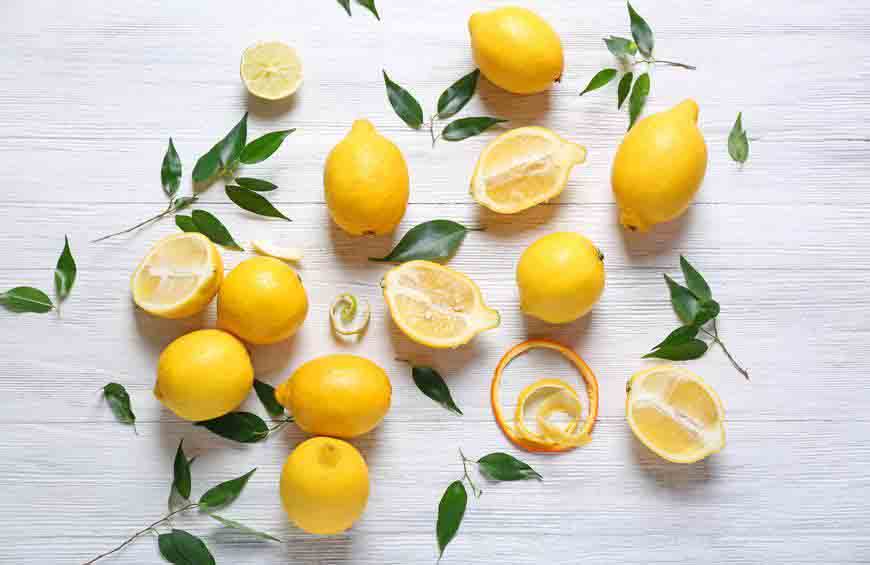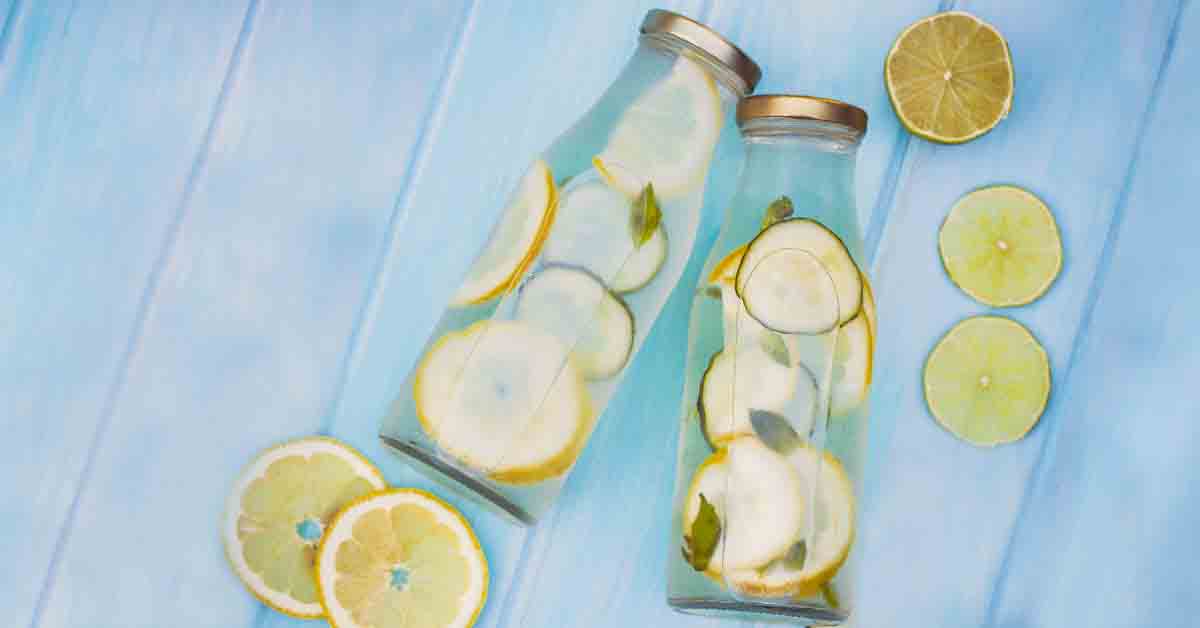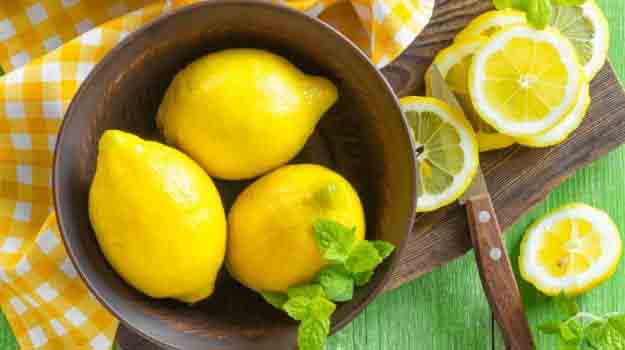Lemon Profile
Written by Joy
Nov 06 2020

Lemon is a dicotyledonous plant of the citrus genus of the Rutaceae family. Lemons are also known as lime fruit, lemon, motherwort, and so on. Lemon branches have few thorns or nearly no thorns, tender leaves and flower buds are dark purple-red, leaves are thick and papery, oval or elliptical. Single flowers axillary or few flowers in clusters. The fruit is oval or ovate, with thick skin, usually rough, lemon-yellow, sour fruit juice, small seeds, ovate, pointed end; seed coat is smooth, cotyledons milky white, usually single or multiple embryos. The flowering period of lemon is from April to May, and the fruit period is from September to November.
Lemon morphological characteristicsLemon growth habit and growing environment and distributionLemon efficacy and roleTherapeutic effectLemon cultivationSeed propagationGrafting reproductionCuttingBuddingCutting propagationLayering reproduction
Lemons are produced south of the Yangtze River in China, originating in Southeast Asia, and are mainly produced in the United States, Italy, Spain and Greece.Because of its extremely sour taste, pregnant women like to eat lemon most, so it is called Motherwort or Motherwort. Lemon is rich in citric acid. Its fruit is juicy, fleshy and crisp, and has a strong aroma. Because of its sour taste, it can only be used as a top-grade seasoning for the preparation of beverages, dishes, cosmetics and medicines.
Lemon morphological characteristics

The lemon fruit is oval or oval, narrow at both ends, the top is usually narrow and long with papillary apex, the peel is thick, usually rough, lemon yellow, difficult to peel, rich in lemon-scented oil spots, scoop 8-11 The petals, the juice sacs are light yellow, the juice is sour, the seeds are small, ovoid, and the tips are pointed; the seed coat is smooth, the cotyledons are milky white, usually single or multiple embryos.
Lemon growth habit and growing environment and distribution
Lemons are warm, shade-tolerant, not cold-tolerant, and also afraid of heat. Therefore, it is suitable for cultivation in subtropical areas where it is warm in winter and cool in summer. The suitable annual average temperature for lemon is 17-19℃, the annual effective accumulated temperature is above 5500℃, the average temperature in January is 6-8℃, and the extreme lowest temperature is higher than -3℃; the annual rainfall is above 1,000 mm and the annual sunshine hours are 1,000 hours. the above. Lemons are suitable for planting on gentle slopes with warm, deep soil and good drainage. The most suitable soil pH for lemons is between 5.5-7.0. Lemon plants grow faster, with a plant height of 3-6 meters, require a large amount of fertilizer, shoot, bloom, and bear fruit many times a year. The yield is often different due to good or bad management.Lemons are originally produced in Malaysia and are distributed in the United States, Italy, France, the Mediterranean coast, Southeast Asia and the Americas. They are also cultivated in Taiwan, Fujian, Guangdong, Guangxi and other places.
Lemon efficacy and role

Citric acid, quinic acid, citric acid, malic acid, hesperidin, naringin, coumarin, high potassium and low sodium are very beneficial to the human body. Vitamin C can maintain the production of various tissues and intercellular substance in the human body, and maintain their normal physiological functions. Vitamin C is needed to protect the parent material, adhesive and gelatinous material in the human body. When vitamin C is lacking, the interstitium between cells-the jelly substance will also become less. In this way, the cell tissue will become fragile and lose the ability to resist external forces. The human body is prone to scurvy. It has more uses, such as preventing colds, stimulating hematopoiesis, and anti-cancer.
Therapeutic effect
1. Lemon to produce body fluid to relieve heat and appetizerRegardless of the sour and slightly bitter taste of lemon food, it cannot be eaten raw like other fruits, but lemon peel is rich in aromatic volatile components, which can promote body fluids and relieve heat, appetite and refresh the spleen. Summer heat and wetness are severe, many people feel tired, and often have a poor appetite after working or studying for a long time. Drinking a glass of lemon soaked in water will refresh your mind and open your appetite.
In Western food, lemon is often used as a seasoning for seafood to remove fishy odors. Southeast Asian dishes are cooked directly to highlight the sweet and sour taste. Lemon is a condiment in the roast duck and roast goose that people in southern China love.
2. It can prevent cardiovascular disease

3. Eat lemon to clear away heat and reduce phlegm
Lemon can also remove phlegm. The phlegm removal effect of lemon peel is stronger than that of citrus. In summer, the weather is hot and humid. If you do not pay attention to your diet, the internal humidity of the human body and the external humidity of the natural climate interact with each other, and the dampness and stagnation can produce phlegm over time. Therefore, when there is a lot of phlegm in summer and the throat is uncomfortable, add lemon juice with warm water and a small amount of salt to smooth out the thick phlegm that has accumulated in the throat.
4. Has antibacterial and anti-inflammatory effects
Lemon is rich in vitamin C, which acts as a natural antibiotic to the human body. It has many functions such as antibacterial, anti-inflammatory and enhances human immunity. You can drink more hot lemonade to maintain your body.
5. Delay aging and inhibit pigmentation
Lemon contains vitamin B1, vitamin B2, vitamin C and other nutrients. It is also rich in organic acids and citric acid. Lemon is a highly alkaline food with a strong antioxidant effect, which can promote skin metabolism, delay aging and inhibit Pigmentation etc. are very effective.
Lemon cultivation

Seed propagation
Choose a lemon plant that grows sturdy, disease-free and pest-free as the seeding mother tree. Pick the lemon fruit when the fruit is fully mature from November to December. After a few days, cut the fruit, remove the seeds and rinse them, and sow immediately; or save them in the fruit for spring Then take out the seeds for sowing. Dry seeds should not be stored for a long time, and they are easy to lose germination ability. Fresh lemon seeds can germinate in only 7 days under the condition of a changing temperature of 15-25℃.Grafting reproduction
Before grafting, one should collect annual woody spring or autumn shoots from lemon trees with pure varieties, no pests and diseases, high yield and stable yield as the scion. Commonly used grafting methods include cut grafting, abdominal grafting, and bud grafting.Cutting

Budding
Bud grafting can be divided into two types: small bud cutting and small bud splicing. Small bud cutting is mainly carried out in spring, and small bud splicing is mainly carried out in autumn. The budding speed is fast, the work efficiency is high, the rootstock wound is small, and it is easy to heal. When cutting buds, hold the scion in your left hand, hold the knife in your right hand, and place the blade flat. Cut from the lower end of the bud 1 cm to the upper end of the bud to 0.5 cm above the bud to make the bud slightly xylem, then use the knife to make the scion vertical Cut down and remove the bud piece.Cutting propagation
Lemon cuttings are very easy to survive. In late May, cut the pruned spring shoots of the current year with 3-4 buds and cut them into cuttings. Except for the top bud and one leaf, cut the rest, and place the cuttings in sandy loam soil. Pour immediately after cutting. After that, watering once every few days to ensure that the leaves remain green and without wilting after insertion. The top buds begin to grow after one month. Topdressing with clean manure water every 20 days can extract summer shoots and Autumn shoots can be transplanted in autumn.Layering reproduction
Lemon layering propagation mainly adopts high-pressure propagation. In May-June, select the branches with vigorous growth and no pests and diseases as the breeding mother branches. At the high-pressure parts, remove the leaves and use a knife to peel 4-6 cm in a ring to peel off the cortex, but Without hurting the xylem, use a plastic film about 12 cm in length and 10 cm in width, and tie the film 2 cm away from the bottom of the peel with a thread to form a cylinder, and fill the loose and fertile garden soil into the cylinder. Fill it up to form a fist-sized mud ball, and then tie the upper end firmly.After the high pressure, the leaves are light green, and white tender roots grow in the plastic bag and gradually cover the surroundings, indicating that the high pressure is successful. Cut the branches from the lower part of the plastic bag from September to October, and gently remove the plastic film. Don't break the mud, plant it in a flowerpot, water it thoroughly, and place it in a shaded place to slow the seedlings. After 10-15 days, gradually increase the light, and soon new leaves will grow.
Latest Updated
- Benefits of Bugleweed - 7 Science-backed Health Benefits
- Bugleweed Dangers & Side Effects - Is It Poisonous?
- How to Plant Evergreen Trees - What You Should Know
- When to Plant Evergreens - Grow Guide for Evergreen Trees
- 12 Wonderful Evergreen Shrubs for Your Garden
- 12 Popular Evergreen Plants with Pictures for Beginners
- When And How To Prune A Lilac Bush Like a Pro
- How to Grow & Care for Lilac Vine (Hardenbergia Violacea)
- Japanese Lilac Tree (Syringa Reticulata) Care & Propagation Guide
- Shumard Oak Pros and Cons - What to Know
Popular Articles
- Winter maintenance of Antirrhinum Majus
- How to Grow Terminalia Mantaly Tree
- How to Grow and Care for Crossostephium Chinense
- How to grow Antirrhinum Majus in spring
- Peristeria Elata (Dove Orchid) Profile: Info & Care Guide
- Underwatered Snake Plant (Sansevieria Trifasciata) - Signs And How To Fix
- How to Care for Brazilian Jasmine Plant (Mandevilla Sanderi)
- How to Grow & Care for Graptopetalum Purple Delight in Summer
- Rosa Chinensis (China Rose): Plant Growing & Care Tips
- How to Care for Baby Sun Rose (Aptenia Cordifolia)